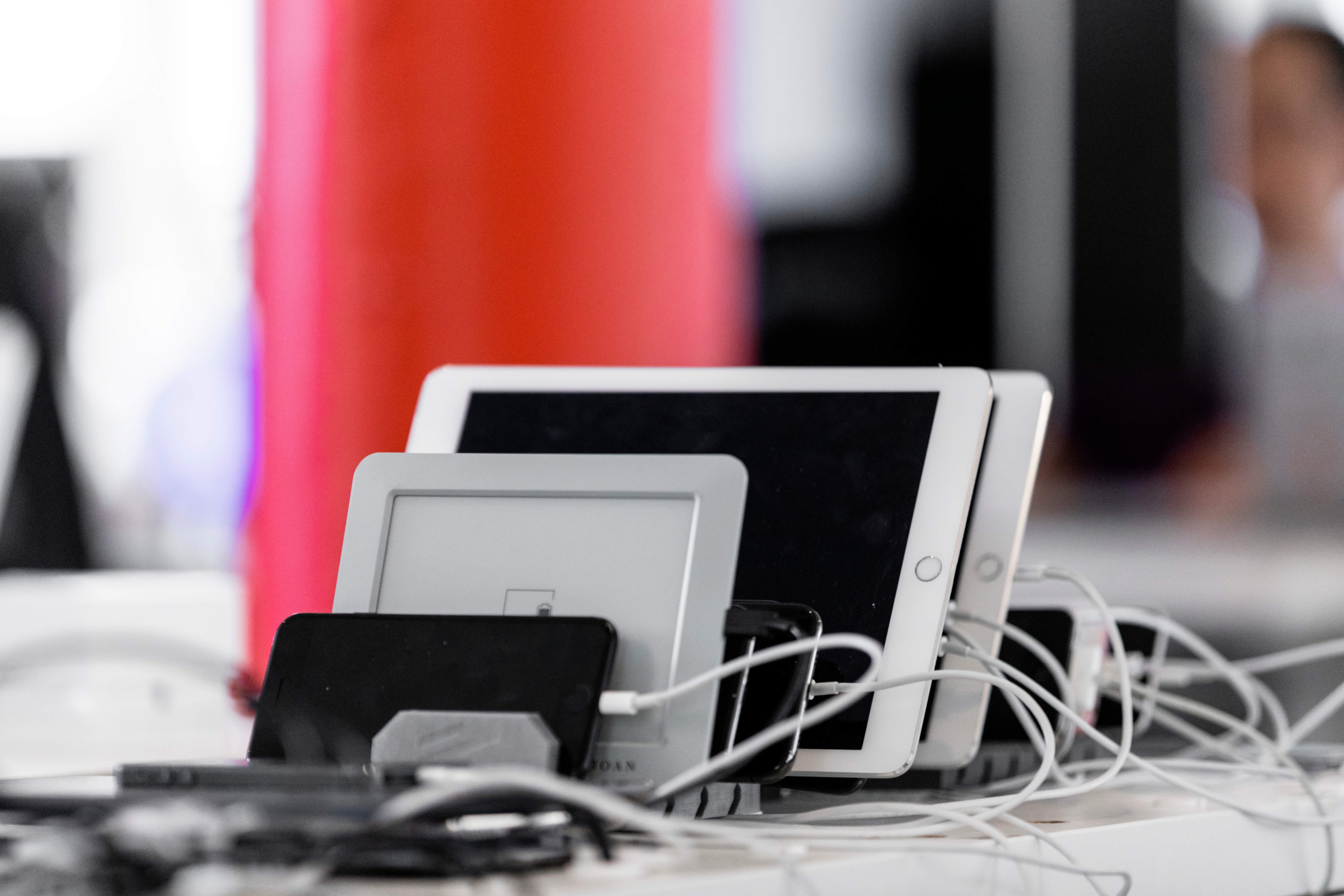
Design review
Together the design team and development team go through the app to ensure that every flow and pixel lives up to the design standard required to deliver a superior User Experience.
All issues found during design review are fixed before finalising the release build shipped for final testing by QA.
